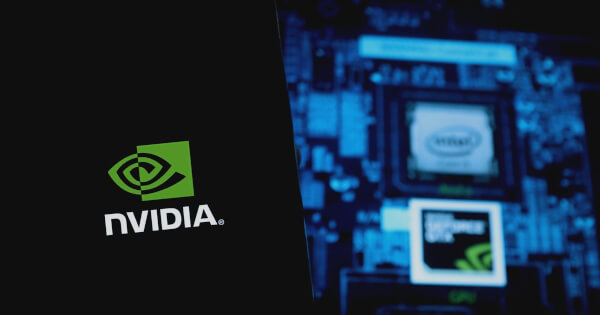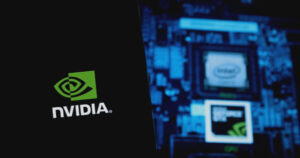Revolutionizing Cancer Diagnosis: Stanford’s MUSK AI Model
By Extreme Investor Network | Published on February 4, 2025
In an era where technological advancements intersect with healthcare, Stanford University researchers have unveiled an innovative AI model known as MUSK (Multimodal Transformer with Unified maSKed modeling). This cutting-edge development has the potential to transform cancer diagnosis and treatment, enhancing precision oncology through sophisticated multimodal data processing. Here’s everything you need to know about this groundbreaking innovation and why it could reshape the future of cancer care.

Integrating Multimodal Data for Enhanced Insights
MUSK is not your ordinary AI model. It leverages a unique two-step multimodal transformer that seamlessly integrates clinical text data and pathology images. This dual approach allows the model to identify nuanced patterns and insights that can often escape human perception. By first learning from unpaired datasets, MUSK can refine its capabilities through a process involving paired image and text data. This culminates in the model’s ability to accurately identify various cancer types, biomarkers, and recommend personalized treatment options tailored to individual patient profiles.
Unprecedented Data Processing Capabilities
What sets MUSK apart? It’s not just about intelligence; it’s about the sheer volume of data it can efficiently process. During its pretraining phase, MUSK was fed an impressive dataset comprising 50 million pathology images from over 11,500 patients, alongside more than a billion pathology-related text entries. This massive undertaking was executed in just ten days using a whopping 64 NVIDIA V100 Tensor Core GPUs, underscoring MUSK’s capacity to manage large-scale data with remarkable efficiency.
Exceptional Performance in Cancer Diagnostics
In the realm of cancer detection and diagnosis, precision is paramount. MUSK has undergone rigorous assessment across 23 pathology benchmarks, where it consistently outperformed existing AI models. Its ability to effectively link pathology images to relevant medical text has garnered attention, achieving a notable 73% accuracy rate in interpreting complex pathology-related queries, such as identifying cancerous regions and predicting the presence of crucial biomarkers.
Enhanced Detection of Cancer Subtypes
One of the most compelling features of MUSK is its capacity to bolster the detection and classification of various cancer subtypes. In clinical trials, the model improved detection accuracy for cancers—such as breast, lung, and colorectal—by up to 10%. Specifically, it achieved an impressive 83% accuracy rate in detecting breast cancer biomarkers and demonstrated a 75% success rate in predicting cancer survival outcomes. This significantly outpaces traditional clinical biomarkers, which often report a mere 60-65% accuracy.
The Road Ahead: Future Prospects for MUSK
Looking forward, the research team has ambitious plans to validate MUSK across diverse patient demographics and clinical environments. Their goal is to secure regulatory approval through prospective clinical trials. Additionally, the researchers are exploring MUSK’s potential applications in analyzing other data types, including radiological images and genomic profiles, with the aim of further refining its diagnostic capabilities.
For those keen on diving deeper into this pioneering research, the researchers have generously made their work available on GitHub, complete with installation instructions and model evaluation code. This resource opens doors for further exploration and development within the burgeoning field of medical AI.
Conclusion
The advent of Stanford’s MUSK AI model marks a significant leap forward in the fight against cancer. By harnessing the power of innovative AI, the healthcare landscape may soon witness a transformation where personalized treatment plans are not just a promise but a reality for patients. At Extreme Investor Network, we are excited about the potential implications of such advancements—not only for patient outcomes but also for future investments in health technology and medical AI. Stay tuned as we continue to explore the frontier where technology meets healthcare!
At Extreme Investor Network, we believe in providing our readers with insightful and transformative information. Subscribe to stay updated on the latest developments in blockchain, cryptocurrency, and groundbreaking technological advancements in healthcare!

